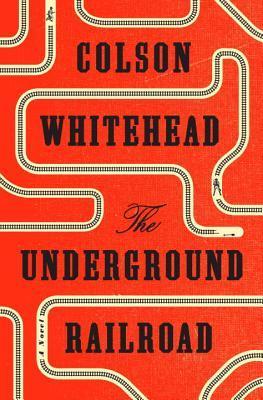
Title: When Dimple Met Rishi
Author: Sandhya Menon
Publisher: Simon Pulse
Genre: YA Contemporary
I dip into contemporary YA only on occasion, and YA rom-com even less. So there has to be a really unique take on the genre to grab my interest. This one has been making the rounds in the blogosphere for months, and it definitely caught my eye when I first heard about it earlier this year. It turned out to be a fantastic pick to bring along on my June vacation!
Told from two different perspectives, When Dimple Met Rishi follows two Indian-American teenagers during their summer break after graduating from high school. Dimple is ready for a break from her family, and can’t believe it when they give her permission to attend an expensive summer program for aspiring app developers. Little does she know, it is all part of her family’s plan to introduce her to Rishi…the young man her parents have secretly arranged to be her future spouse.
Rishi is, almost refreshingly, a hopeless romantic. He knows all about the arrangement between the two sets of parents, and attends the same summer program as Dimple in the hopes of getting to know her.
Little does he know that Dimple has been left in the dark as to who he is or what has been arranged, and deservedly freaks out when he first introduces himself.
What follows is a cute romantic comedy, with two really fun and enjoyable characters. It is made even better because by branching out from just being a love story, as it also brings up questions of culture and tradition, family relationships, and coming of age independence.
When Dimple Met Rishi tackles a controversial tradition, that of arranged marriages. I believe this is the first book I have ever read that doesn’t treat arranged marriage solely in a negative light. I have enough Indian friends who are in some form of arranged marriage to know that, although there are many bad arranged marriages out there in which girls were forced into the arrangement and/or treated terribly, there are many good ones as well. It is a complex issue, and while I can’t speak to the cultural accuracy in the story, it appears to be very well done.
The other thing this book did was Make.Me.Hungry!!! When I lived in New Jersey, our apartment was in a predominantly Indian and Pakistani neighborhood, and we had 3 different types of Indian restaurants and a grocer just within a 1/2 mile walking distance. Oh, how I miss that! Khatta Meetha! Nom-nom-nom.
Speaking of food, there is an amazing bar mentioned in the story, 2 sisters bar and books. A bar with tons of books to browse while you sip, and Sandhya Menon makes it sound like an adorable and amazing bar to visit. So I looked it up to find out…this is a real place in San Francisco!! And it just closed it’s doors in March. NOO!!!!
Ultimately, I found When Dimple Met Rishi to be an adorable, heartwarming story about two Indian American teenagers finding their way in life.







